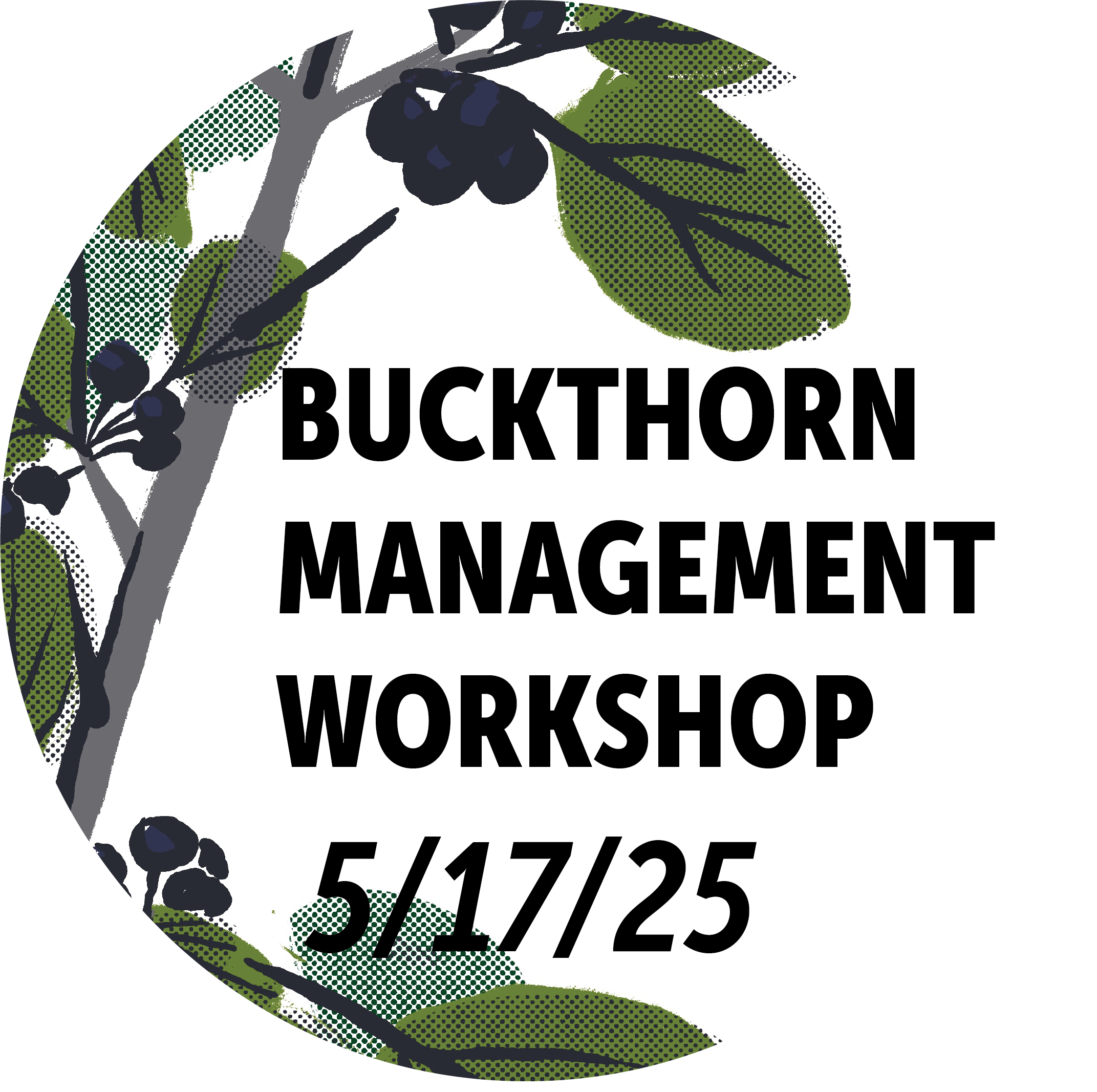4. Plants that support native bees
Okay… there’s no simple answer here.
Why? Well, because there’s so much diversity among native bees. There are over 500 species in MN!
- The types of flowers that they feed on depends in part on their tongue length (whether they can reach into deeper flowers or need shallow flowers).
- It also depends on their life cycle–which months they are adults that are seeking pollen and nectar.
- It also depends on how picky they are. While most bees will feed from a wide variety of plants, some (18% or 90 species in MN) are specialists, depending on food from a narrow selection of plants.
So… how to best support native bees? Plant a diverse mix of plants, if possible. Make sure you have a few species blooming CONTINUOUSLY from spring through fall. And plant for specialist bees, when possible; they will feed both the specialists and the generalists.
Which plants are best for specialists? I’ve got a spreadsheet for that! But here’s a list if you’d rather keep it simple:
TOP 10: Helianthus (wild sunflower, aggressive), Solidago (goldenrod), Salix (willow), Symphyotrichum (aster), Rudbeckia (coneflower), Dalea (prairie clover), Heterotheca (false goldenaster), Vaccinium (blueberry), Amorpha (leadplant), and Cornus (dogwood)
NEXT BEST: Physalis (ground cherry), Eurybia (large-leaved aster), Lysimachia (native loosestrife), Euthamia (goldenrod), Campanula (native bellflower), Bidens (beggarticks), Coreopsis, Cirsium (native thistle), Ratibida (coneflower), Vernonia (ironweed), Zizia (golden alexander), Oenothera (evening primrose), Monarda (beebalm), Rhus (sumac), Uvularia (bellwort), Cucurbita (squash), Erigeron (fleabane), Potentilla (cinquefoil), Echinacea (coneflower), Parnassia (grass of Parnassus), and Silphium (compass/cupplant)
MORE (each supports only ONE specialist bee species, but those bees collect pollen from ONLY that plant genus): Pontederia (pickerelweed), Ceanothus (New Jersey tea), Claytonia (spring beauty), Erythronium (trout lily), Geranium, Heuchera (alumroot), Hydrophyllum (waterleaf), Penstemon, Polemonium (Jacob’s ladder), and Verbena (vervain)
And in addition to sources of pollen and nectar, bees need safe places to build their nests and overwinter (in the case of queen bumblebees).
- Most native bees are solitary ground-nesters (each female digs her own tunnel and provisions it for her eggs); they just need small patches of bare soil. Sandy soil on south-facing slopes is popular with many species.
- Some bees nest in dead trees and fallen logs; they use tunnels previously made by wood-boring beetles. You can support these by leaving a few old logs in your yard.
- And there are also stem-nesting bees, which use old plant stems to protect their eggs. They will use a wide variety of hollow or pithy plant stems, depending on the size of the bee. The soft, pithy branches of elderberry are also used. To support these bees, don’t cut vegetation back to the ground; leave 18-24” of stems standing when you cut back dead vegetation in the spring. They could produce the next year’s bees.
- And then there are the bumblebees. The new, fertilized queens overwinter under leaf litter or in patches of bunch grasses such as little bluestem. In the spring, they search out a suitably dry, concealed location to start their hive. Abandoned rodent burrows are a favorite choice, but they may also nest in the thatch under bunch grasses or other sheltered locations such as brush piles or rock piles.
